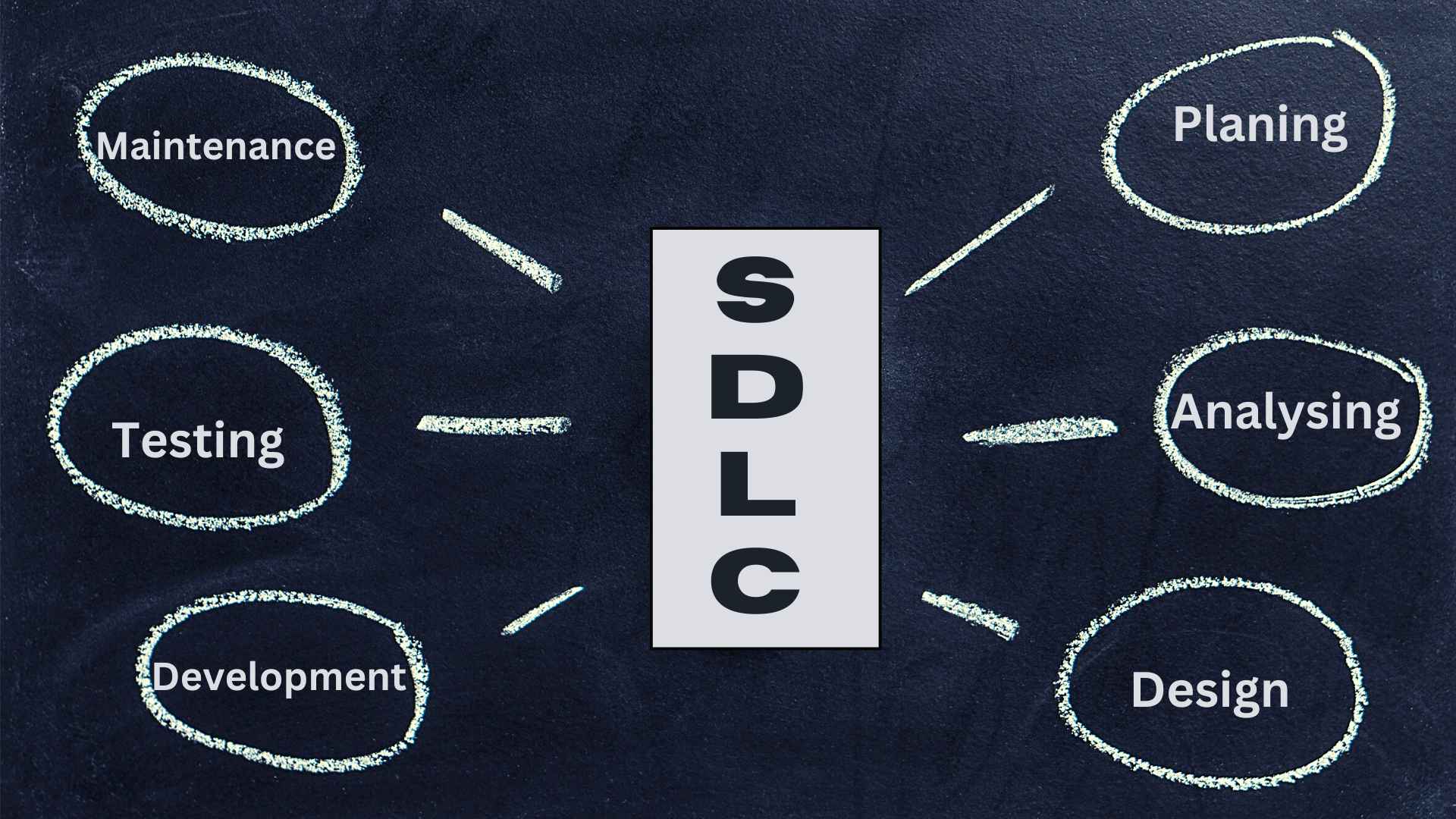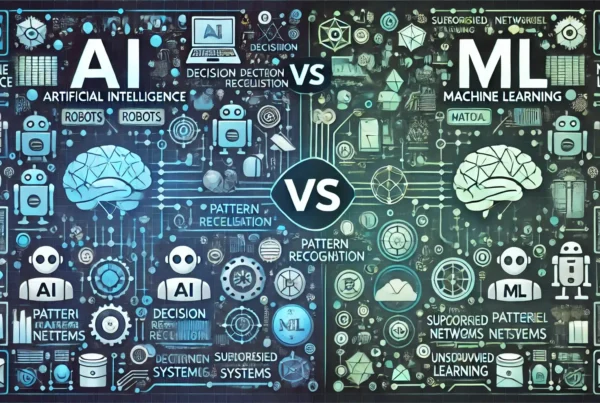Introduction to Software Development Life Cycle (SDLC)
Software Development Life Cycle (SDLC) is an iterative process used to develop high-quality software products. It comprises various different stages, each of them having an individual purpose and associated output. The process starts with the identification of the project’s goals, stakeholder’s expectations, and scope of the project.
The Software Development Life Cycle involves planning, designing, coding, testing, and maintenance of the software project. By effectively managing the lifecycle, businesses can ensure timely delivery, cost efficiency, and quality.
Overview of Software Development Life Cycle
When it comes to software development, it’s important for teams to understand and manage the software development life cycle (SDLC) as efficiently as possible. The SDLC ensures adequate steps are taken to properly plan, design, build and deliver quality software products that meet customer requirements.
The SDLC is a cyclical process and consists of the following seven phases:
- Planning
- Requirements Gathering and Analysis
- Design
- Development
- Testing
- Deployment
- Maintenance
Each of these stages has specific objectives, tasks, and deliverables which need to be completed. The success of any software product depends heavily on how well each of the stages are executed.
Advantages of Software Development Life Cycle
Software Development Life Cycle helps businesses to design and develop high-quality software products within allocated budgets and timelines. It improves the coordination between the development teams and stakeholders by breaking down the software product into manageable steps. It also helps businesses to identify potential risks during the development process.
Moreover, SDLC provides adequate visibility into the software development process and makes it easier to track the progress of the software product. It also improves collaboration among the software development teams, helping them to work together in an effective manner. And finally, it helps development teams quickly identify and resolve any technical issues with the software product.
Planning
Planning is the first stage of the software development life cycle (SDLC). It involves the identification of the goals, objectives, and scope of the project. It is important to have a clear understanding of the project requirements before development begins.
During the planning phase, the stakeholders involved with the project need to be identified. This phase also involves the selection of appropriate development methodology, documentation of the project goals and scope, as well as creation of the software development budget.
Requirements Gathering and Analysis
The second stage of the Software Development Life Cycle (SDLC) is Requirements Gathering and Analysis. As the name suggests, this stage involves gathering the software requirements and analyzing them. This phase requires the gathering of information from the stakeholders, analyzing the requirements, and developing a prototype of the software product.
The requirements-gathering process helps to identify and document the software’s key features, functionalities, and user interactions. Once the requirements are gathered and analyzed, they need to be communicated to the development team so they can start the design and development process.
Design
The Design phase is one of the most important stages in the Software Development Life Cycle (SDLC). This phase involves the design of the software. It comprises of planning and developing the architecture of the software product, interface design, data structures, and algorithms.
During the design phase, the development team needs to focus on the scalability, usability, and maintainability of the software product. It is also important to ensure that the design takes into consideration any security requirements and complies with performance and usability standards.
Development
The development phase is an iterative stage in the (SDLC). This phase involves the actual coding of the software product. During this phase, the development team needs to adhere to the coding standards and ensure that the code is of the highest quality.
The development team may utilize a number of different development tools and frameworks to code the software. It is important to ensure that any third-party components integrated into the software product are of the best quality and comply with any applicable standards.
Testing
Testing is the fifth stage of the Software Development Life Cycle (SDLC). This phase involves the execution of tests to verify that the software product functions as expected. Testing helps to identify any issues in the software product that may not have been identified during the development and design phases.
Testing is usually done using automated test tools and manual tests. It is important to ensure that the tests cover all the requirements and criteria specified in the requirements document. Testing also helps to validate that the software product meets the performance and usability standards.
Deployment
The deployment phase is the sixth stage of the Software Development Life Cycle (SDLC). During this phase, the software product is deployed to its intended destination, such as a server, cloud environment, or web application. This phase also involves the installation, configuration, and testing of the software product.
It is important to ensure that the software product is deployed correctly and works as expected in the intended environment. Additionally, any security measures such as encrypted communication, authentication, and authorization need to be in place before the software product is deployed.
Maintenance
The maintenance phase is the last stage of the (SDLC). This phase involves the identification and resolution of any bugs, issues, or enhancements in the software product. It also involves regular monitoring of the software product to ensure that it is functioning properly.
The maintenance phase helps to address any bugs or performance issues that may arise after the deployment of the software product. It is also important to ensure that the software product is regularly updated to address any security vulnerabilities that may have been identified.
Summary of Software Development Life Cycle
However, the Software Development Life Cycle (SDLC) is a cyclical process that helps businesses to produce high-quality software products. This process involves the identification of project goals, requirements gathering and analysis, design, development, testing, deployment, and maintenance. By properly managing the SDLC, businesses can ensure the timely and cost-effective delivery of high-quality software products.




